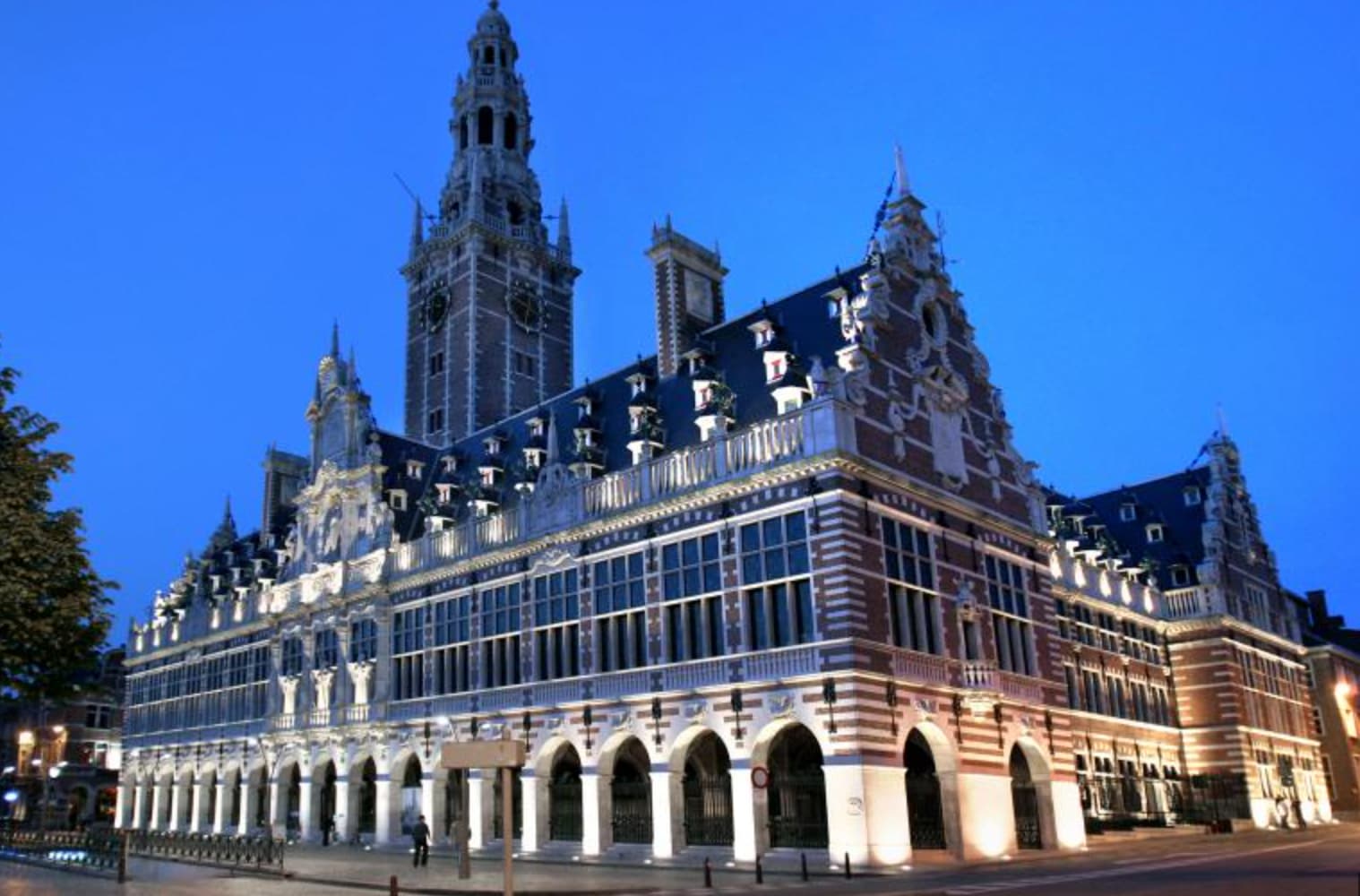In the heart of Europe, Belgium’s educational system has long been recognized for its robust structure and high standards.
However, in recent years, a transformative wave has swept through our classrooms, redefining the essence of teaching and learning. As an educator deeply immersed in this evolution, I’ve observed firsthand the remarkable shift from traditional pedagogies to dynamic, real-world learning – all thanks to the integration of case studies into our curriculum.
In this read, I’ll try to investigate the influence of case studies on education and its pros and cons, so let me begin.
The Shift Towards Case Study Methodology
Gone are the days when learning was confined to textbooks and memorization. The Belgian education sector, known for its progressive stance, embraced case studies, recognizing the need for a learning model that mirrors the complexities of the real world. This shift wasn’t just about introducing a new assignment type; it was about reorienting our educational compass to foster a deeper, more practical understanding of subject matter across disciplines, from business to biosciences.
The transition was strategic and deliberate. Case studies were not merely inserted into the curriculum like the initial essay writing was; they were woven into it, ensuring that theoretical foundations and practical applications were not distinct entities but parts of a cohesive learning tapestry. In my business classes, for example, dissecting case studies from real companies transformed students from passive listeners into active analysts, grappling with real market challenges and strategizing solutions.
Educational Enhancements through Case Studies
The introduction of case studies marked the onset of a learning renaissance in our schools, one that brought numerous educational enhancements to the forefront.
Deepened Subject Comprehension
The conventional classroom’s challenge has always been bridging the gap between theory and application. Case studies serve as this bridge.
For instance, in legal studies, analyzing landmark cases allows students to see the law in action, understanding not just the ‘what’ but the ‘why’ behind legal principles. This contextual learning fosters a profound comprehension that textbooks alone cannot achieve.
Critical Thinking and Problem-Solving Skills
In a world that values innovation, the ability to think critically is paramount. Case studies, by their nature, are complex and open-ended, compelling students to navigate through ambiguity and make reasoned decisions.
In my experience, discussions sparked by a marketing case study often reveal the depth of analytical thinking students are capable of, pushing them to scrutinize data, question assumptions, and craft strategic responses.
Increased Student Engagement and Participation
The static nature of traditional learning often leads to disengagement, a challenge case studies directly counter. By presenting real-life scenarios, students are naturally more invested and involved. They take ownership of their learning, engaging in spirited debates and collaborative problem-solving.
This engagement is palpable; classrooms buzz with energy, ideas flow freely, and the learning becomes a shared, vibrant experience.
Challenges and Considerations
While the shift to case study methodology is largely positive, it’s not without its challenges.
Resource and Training Requirements
Implementing case studies effectively requires not just a change in curriculum but a change in mindset. Educators need to be trained, not just in the content of case studies but in facilitating dynamic, discussion-led classes.
Moreover, crafting or sourcing quality case studies that align with learning objectives is a significant undertaking, demanding time and resources many institutions grapple with.
Balancing Theory and Practice
Ensuring that case studies complement rather than replace theoretical learning is a delicate balancing act. It’s imperative to strike a harmony where foundational knowledge is solidified even as practical, real-world applications are explored. In my curriculum planning, I often pair case studies with theoretical readings, ensuring that each reinforces the other, providing a comprehensive understanding that is both deep and broad.
The integration of case studies into Belgium’s educational framework has indeed been a game-changer. By bringing real-world complexities into the classroom, we’ve not only enhanced learning outcomes but have also prepared our students to meet the demands of a rapidly evolving world with confidence and competence.
As we continue to refine and adapt this approach, the potential to further enrich our educational landscape remains boundless.
Case Studies in Action: Success Stories from Belgian Schools
The theoretical benefits of case studies are compelling, but it’s the tangible outcomes in the classroom that truly showcase their impact. In a prominent Brussels business school, the introduction of market analysis case studies led to a notable increase in student engagement and a deeper understanding of market dynamics.
The shift was evident; students weren’t just learning about market strategies, they were actively dissecting real-life business challenges, fostering a learning environment rich with enthusiasm and insight.
Similarly, in a science-focused institution in Antwerp, the use of case studies in environmental science classes brought abstract concepts to life. Students explored real scenarios related to climate change and sustainability, developing solutions grounded in scientific principles.
These success stories exemplify how case studies can transform theoretical knowledge into practical skills, preparing students to be the problem-solvers and innovators of tomorrow.
However, it’s worth noting that the complexity and depth of case studies can sometimes be daunting for students. The demand for critical thinking, coupled with the pressure to understand real-world scenarios, can be overwhelming. It’s in this context that some students might seek external support to navigate through these intricate assignments. Services, where one can buy case studies online, offer assistance in understanding and analyzing these complex scenarios, providing a supplementary resource for students aiming to excel in their studies.
Future Prospects and Recommendations
As we stand at this juncture, reflecting on the journey of case studies in Belgium’s educational system, the path forward is ripe with potential.
For schools contemplating this pedagogical shift, my advice is twofold. First, start small. Integrate case studies incrementally, allowing both educators and students to adapt to this dynamic method of learning. Second, focus on training. Equip your educators with the tools and skills needed to effectively guide case-based discussions and learning.
Looking ahead, the scope for expanding case study methodology is vast. Digital platforms offer an avenue for not just accessing a diverse array of case studies but also for creating a collaborative space where students from different schools, even different countries, can analyze and solve cases together. Such collaborations can further deepen the learning experience, providing a global perspective and fostering international cooperation.
To Sum Up
In conclusion, the integration of case studies into the Belgian educational system has not been a mere change; it has been a revolution. It’s a shift that has redefined the contours of learning, making education not just a pursuit of knowledge but a journey of discovery, analysis, and real-world impact.
As educators, our mission is clear: to harness the full potential of case studies, transforming not just our classrooms, but shaping the thinkers, innovators, and leaders of tomorrow.



